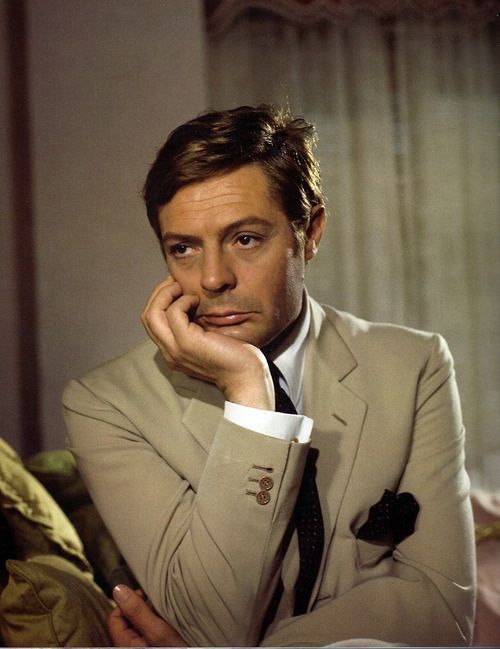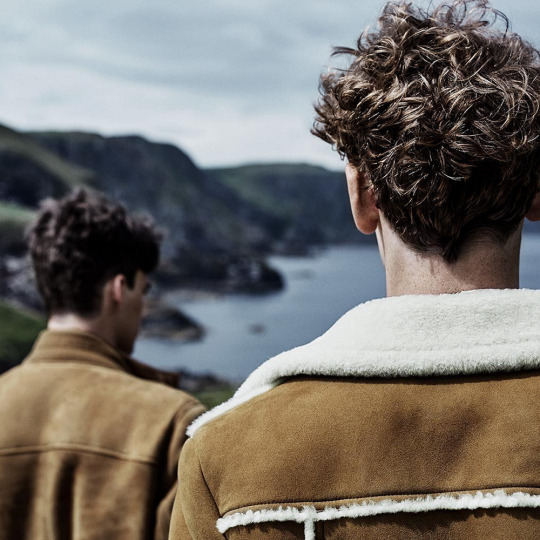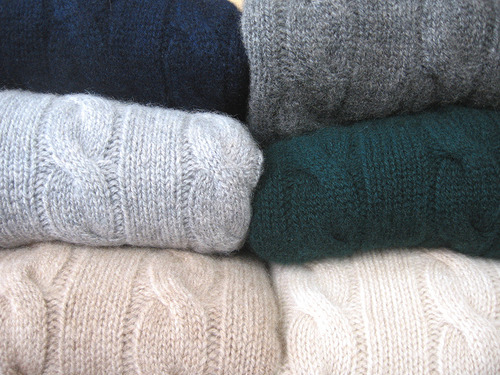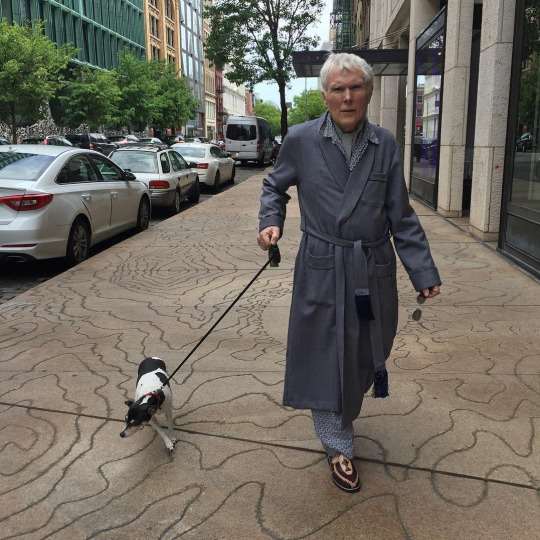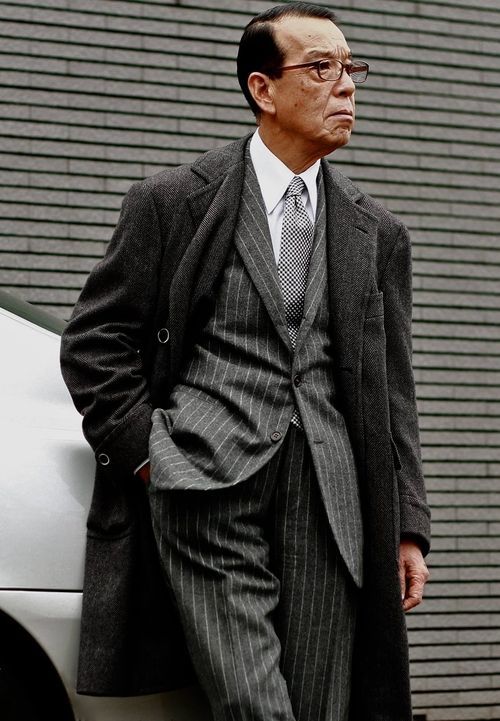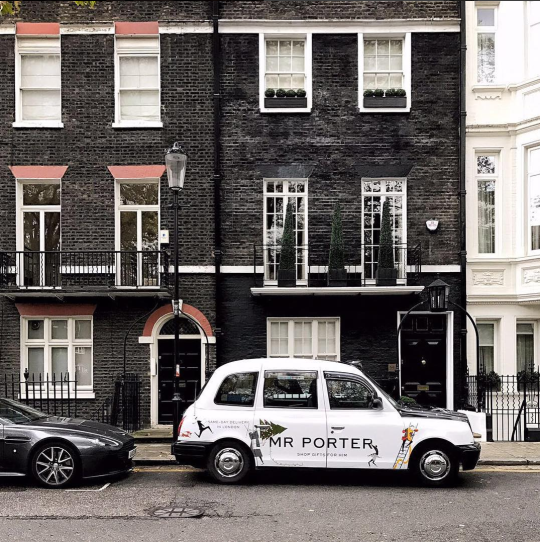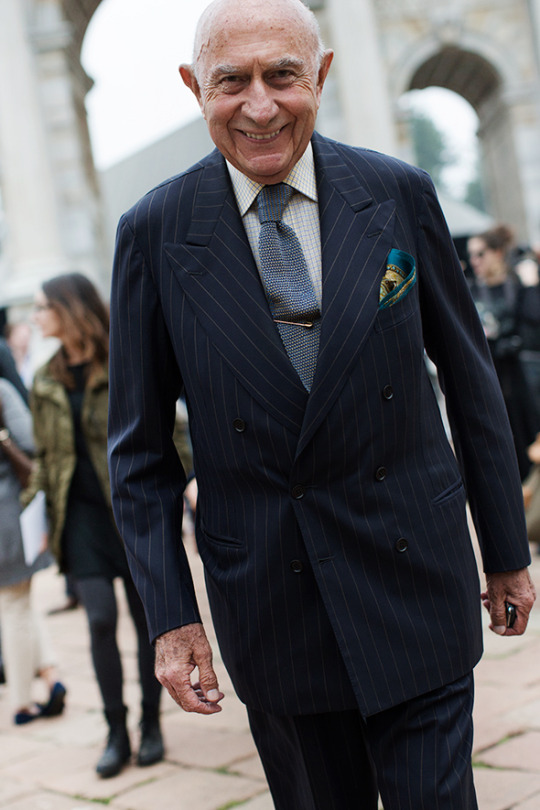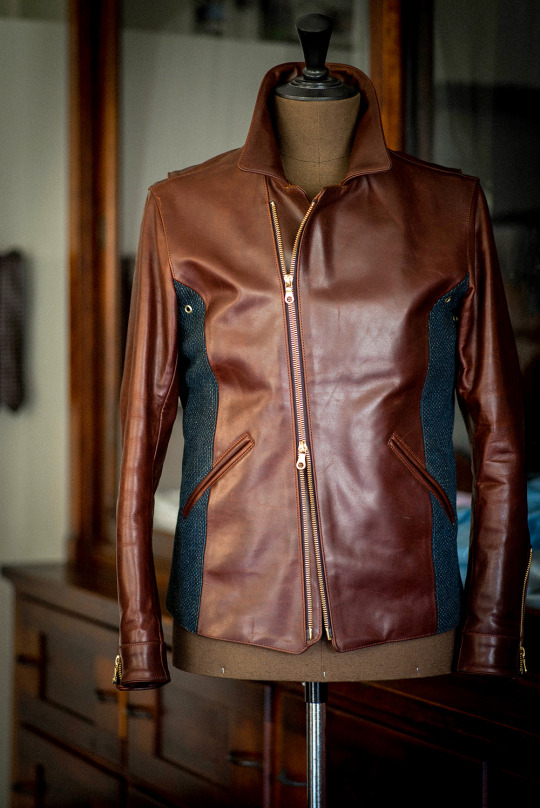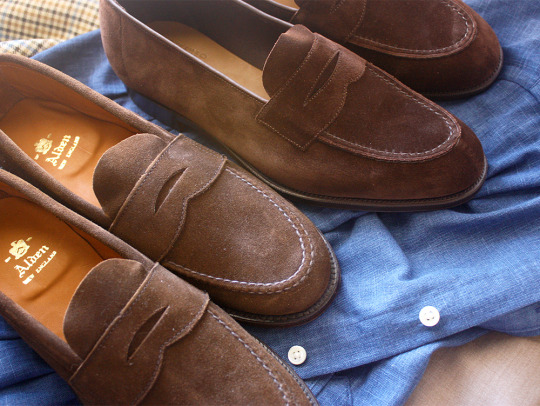Drake’s New Spring Collection
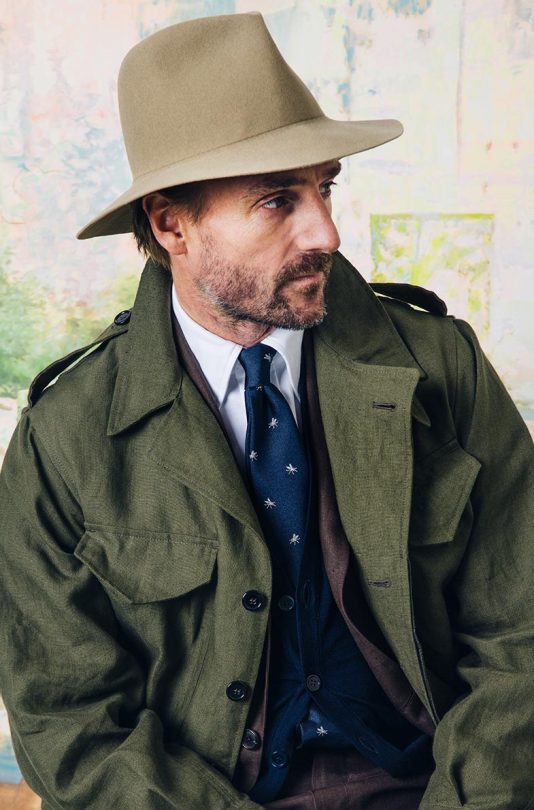
It’s been great seeing Drake’s develop into a fuller menswear line. Fifteen years ago, most people would have never even heard of the company, even though they’ve been around since the 1970s. For much of their history, Drake’s served as a private label manufacturer located in London’s East End, where they produced classic neckwear for a variety of top-end brands. As the wholesale market has gotten squeezed, however, Drake’s has had to reposition itself – going from a private label manufacturer to a consumer-orientated brand. First came the ties, pocket squares, and scarves bearing the company’s name. Then, in more recent times, they’ve added shirts, sport coats, outerwear, knitwear, jeans, and small leather goods.
All of this has allowed them to put together seasonal lookbooks – models fitted head-to-toe in things you can find at the Drake’s store. The outfits are somewhat stylized, to be sure, but they’re great for inspiration.
The new one for spring just dropped on Drake’s site. I particularly like the cream-colored sport coat they put together with navy trousers – a refreshingly modern take on the dark jacket with grey trousers most of us wear. They also have a navy wool seersucker suit, which I think will age better than its cousins in cotton. Cotton suiting can be great in the summertime, but given how it fades, it doesn’t always age well in darker colors.
Keep reading
